World Premiere, 25 November 2017, Manchester
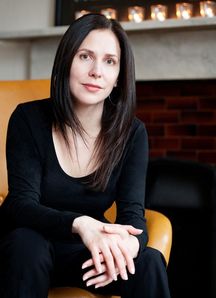 photo: Ian Phillips-McLaren
photo: Ian Phillips-McLaren Premiered on Saturday, Sierra’s Nature Symphony is another example of her fascination with the natural world and the first of its three movements draws directly from the earlier work. Set in a fast 5/4 time the rhythmic drive of the earlier trio is maintained, while continually reusing and developing its material, and using the larger forces of the orchestra to introduce minute detailing into the texture. This gives a sense of a stream (of migrating butterflies) moving inexorably forward, but in such a swarm that the whole presents an image in stasis, until suddenly they are at their destination, the Butterfly Mountain that gives the movement its name.
In the middle is a movement, titled The Black Place (after O'Keeffe), that is contrastingly song-like, with a long, slow melody shaped by fragments passed between horn, cor anglais and piccolo, and on through the orchestra, accompanied by long, held notes in the low strings. The rhythmic element is again there, but as a quiet, irregular pulse of plucked strings, harp and marimba, later taken up by piano, timpani and low brass. Inspired by Georgia O'Keeffe's paintings of the austere landscapes of New Mexico, the sharing out of these rhythmic, melodic and harmonic ingredients leads to a musical landscape whose tints, rather than colours, are constantly shifting.
"a personal sense of urgency"
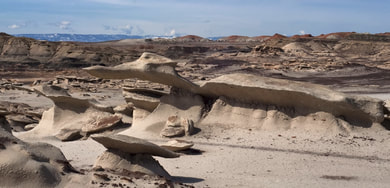 Bisti Badlands, New Mexico, close to O'Keeffe's 'Black Place' photo: John Fowler via Wikipedia
Bisti Badlands, New Mexico, close to O'Keeffe's 'Black Place' photo: John Fowler via Wikipedia 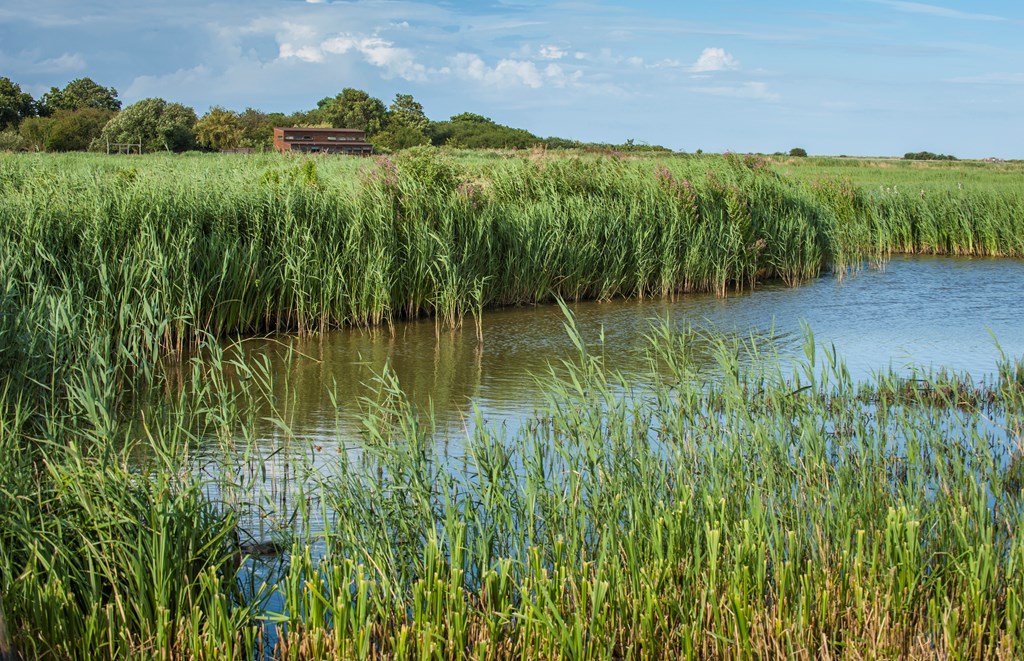

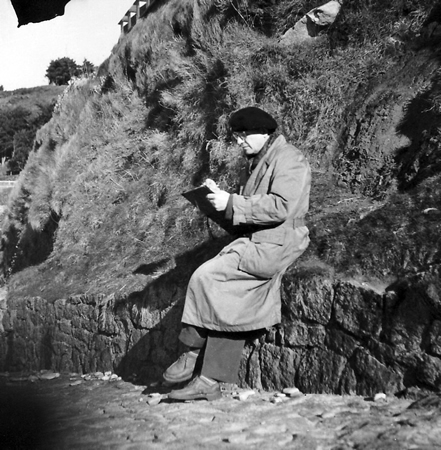
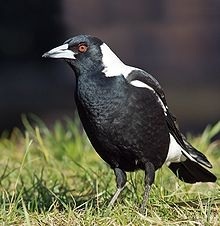
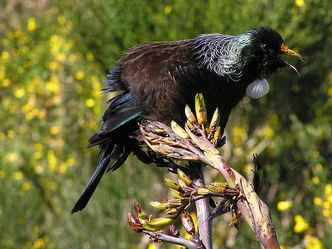
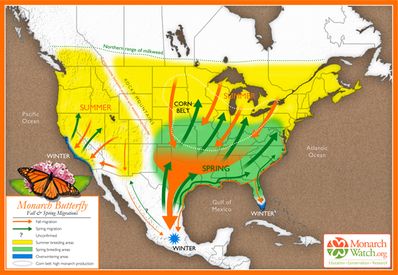
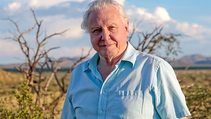
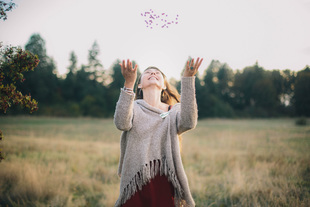
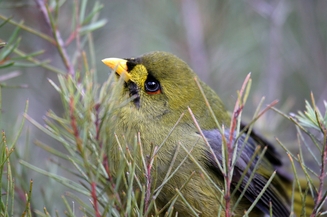
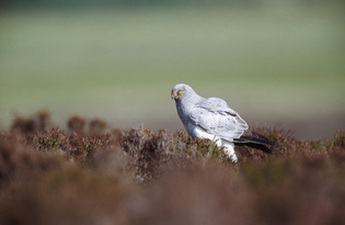
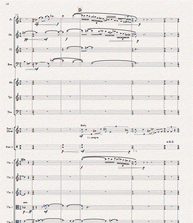
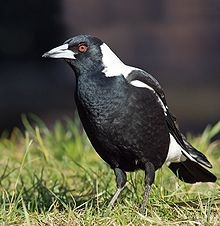
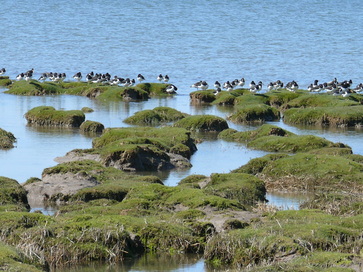
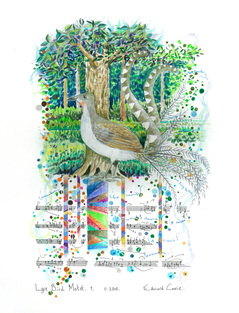
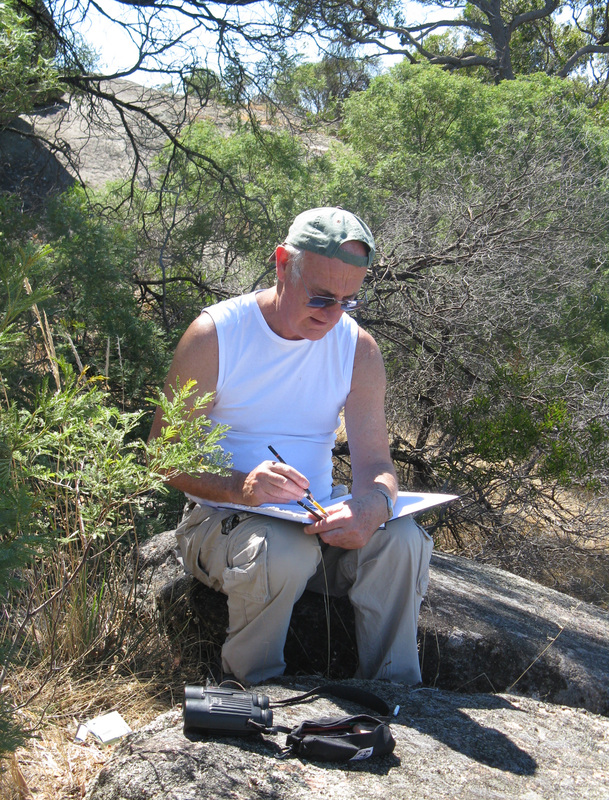
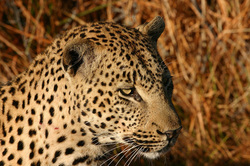
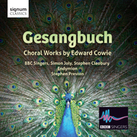
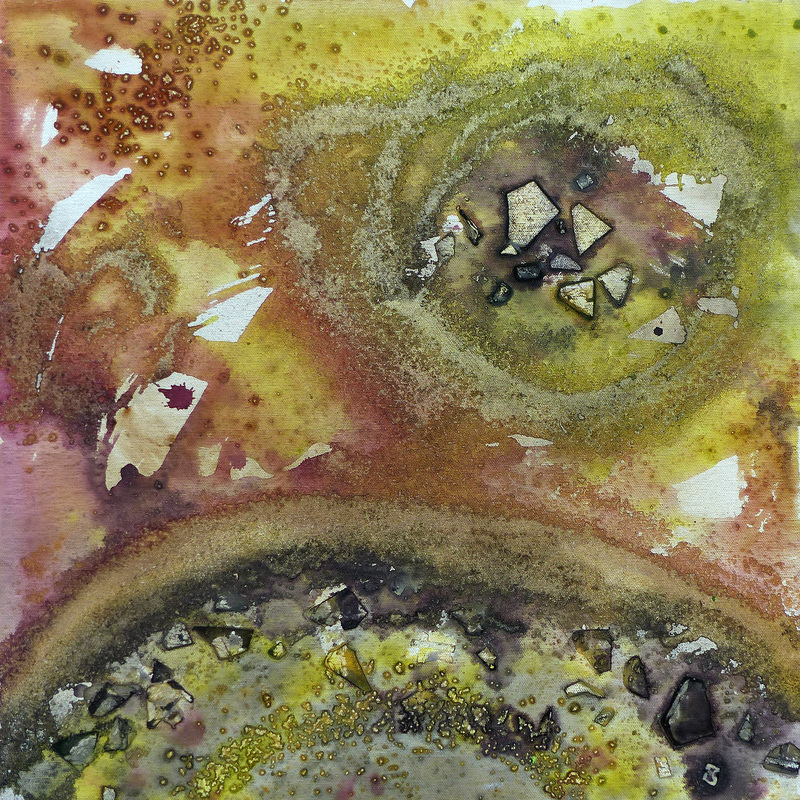
 RSS Feed
RSS Feed
